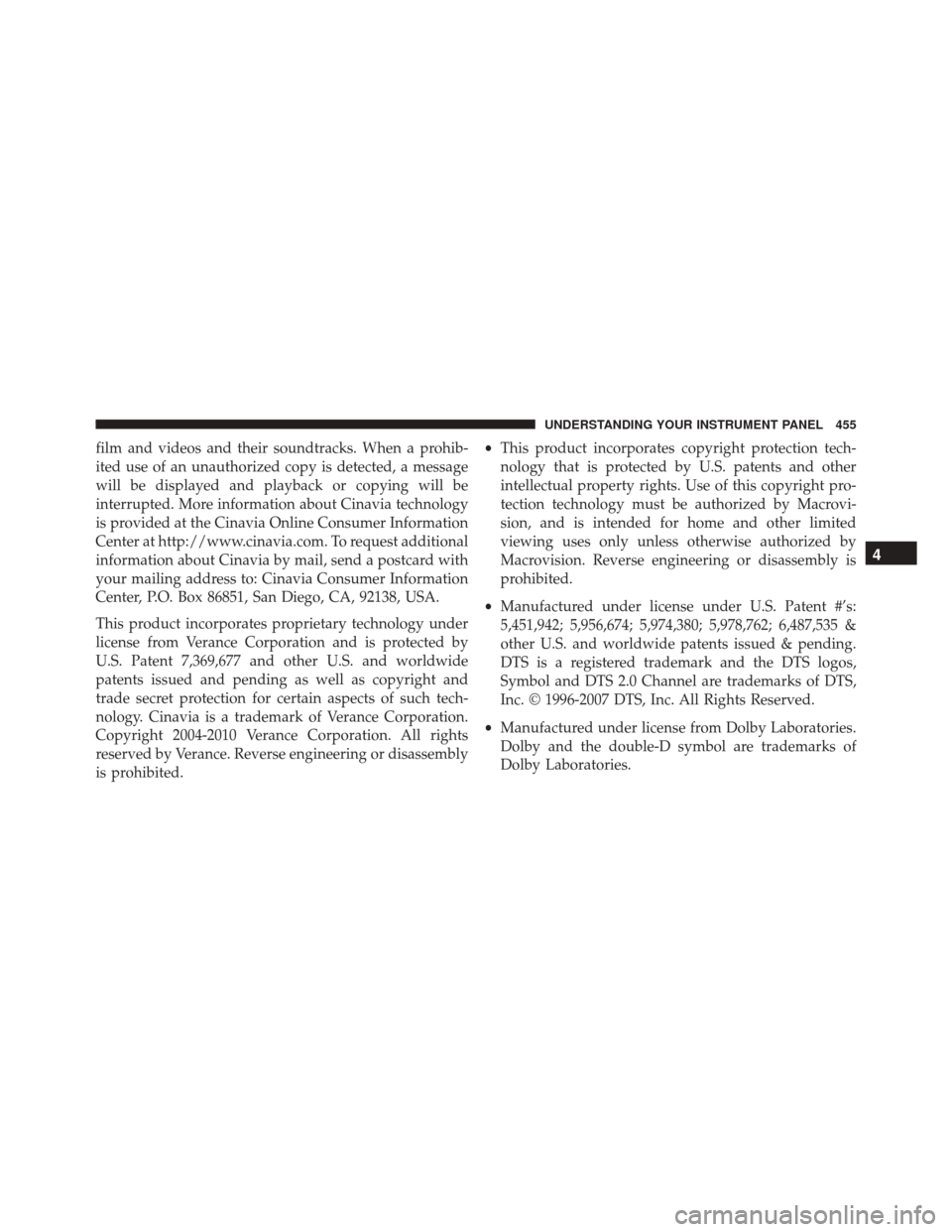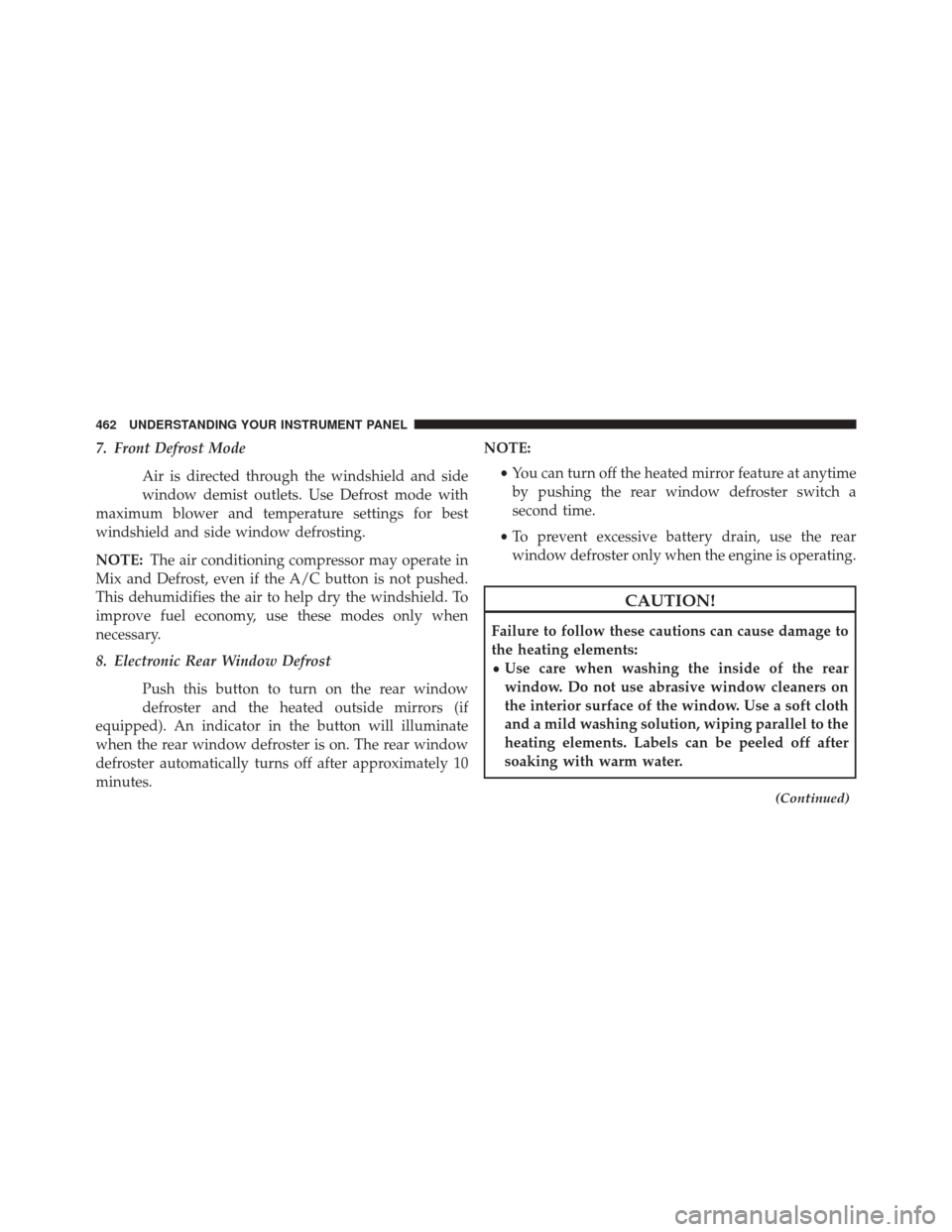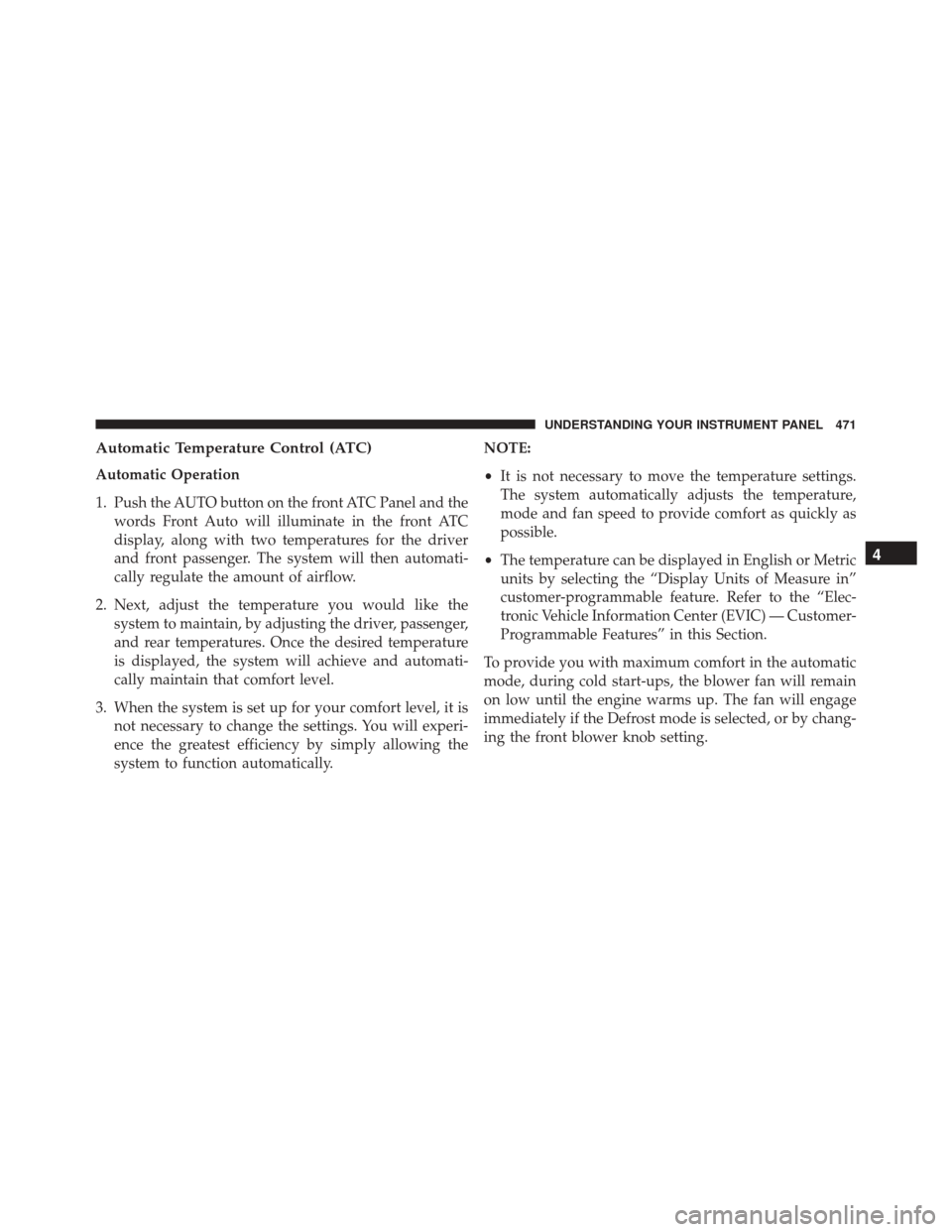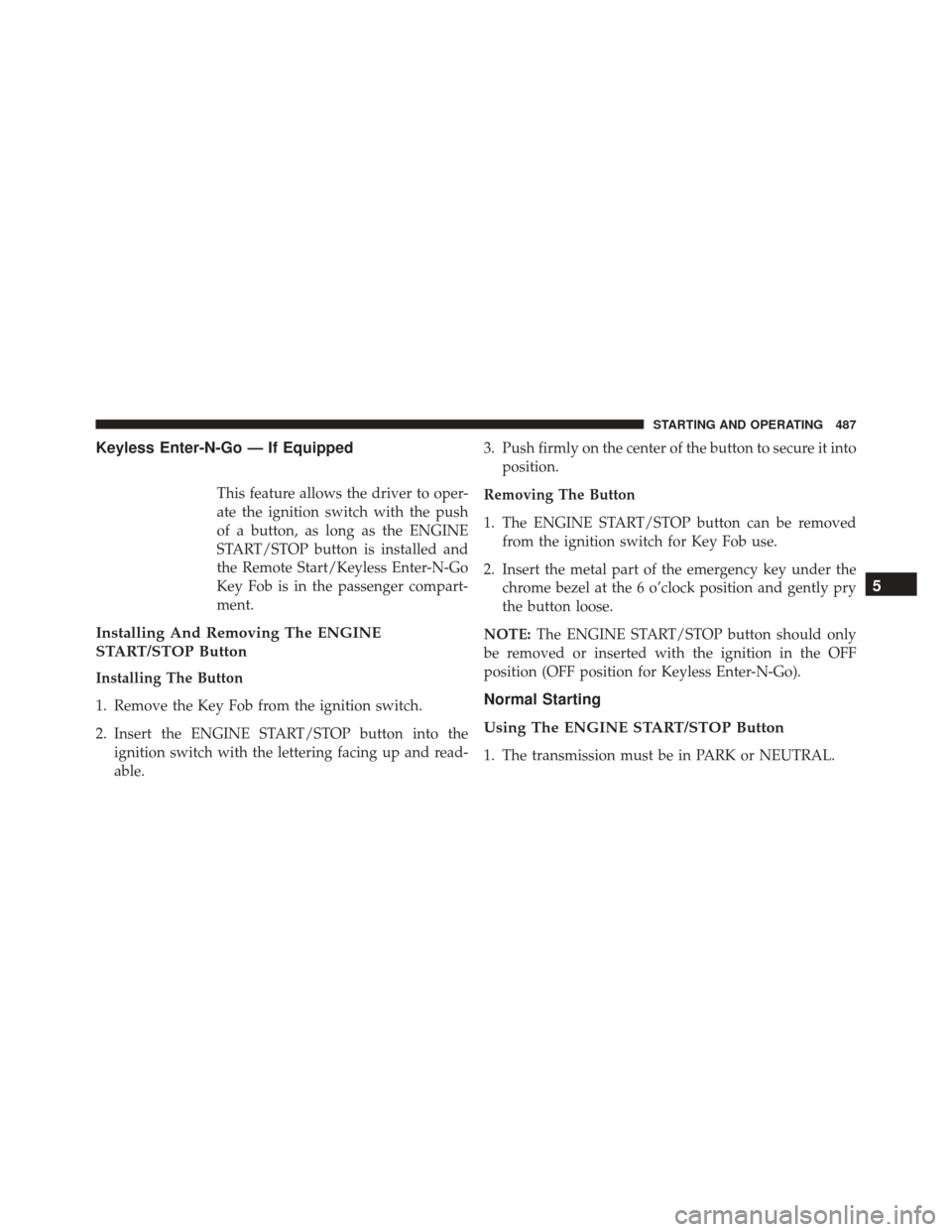Page 457 of 727

film and videos and their soundtracks. When a prohib-
ited use of an unauthorized copy is detected, a message
will be displayed and playback or copying will be
interrupted. More information about Cinavia technology
is provided at the Cinavia Online Consumer Information
Center at http://www.cinavia.com. To request additional
information about Cinavia by mail, send a postcard with
your mailing address to: Cinavia Consumer Information
Center, P.O. Box 86851, San Diego, CA, 92138, USA.
This product incorporates proprietary technology under
license from Verance Corporation and is protected by
U.S. Patent 7,369,677 and other U.S. and worldwide
patents issued and pending as well as copyright and
trade secret protection for certain aspects of such tech-
nology. Cinavia is a trademark of Verance Corporation.
Copyright 2004-2010 Verance Corporation. All rights
reserved by Verance. Reverse engineering or disassembly
is prohibited.•
This product incorporates copyright protection tech-
nology that is protected by U.S. patents and other
intellectual property rights. Use of this copyright pro-
tection technology must be authorized by Macrovi-
sion, and is intended for home and other limited
viewing uses only unless otherwise authorized by
Macrovision. Reverse engineering or disassembly is
prohibited.
• Manufactured under license under U.S. Patent #’s:
5,451,942; 5,956,674; 5,974,380; 5,978,762; 6,487,535 &
other U.S. and worldwide patents issued & pending.
DTS is a registered trademark and the DTS logos,
Symbol and DTS 2.0 Channel are trademarks of DTS,
Inc. © 1996-2007 DTS, Inc. All Rights Reserved.
• Manufactured under license from Dolby Laboratories.
Dolby and the double-D symbol are trademarks of
Dolby Laboratories.
4
UNDERSTANDING YOUR INSTRUMENT PANEL 455
Page 464 of 727

7. Front Defrost ModeAir is directed through the windshield and side
window demist outlets. Use Defrost mode with
maximum blower and temperature settings for best
windshield and side window defrosting.
NOTE: The air conditioning compressor may operate in
Mix and Defrost, even if the A/C button is not pushed.
This dehumidifies the air to help dry the windshield. To
improve fuel economy, use these modes only when
necessary.
8. Electronic Rear Window Defrost
Push this button to turn on the rear window
defroster and the heated outside mirrors (if
equipped). An indicator in the button will illuminate
when the rear window defroster is on. The rear window
defroster automatically turns off after approximately 10
minutes. NOTE:
•You can turn off the heated mirror feature at anytime
by pushing the rear window defroster switch a
second time.
• To prevent excessive battery drain, use the rear
window defroster only when the engine is operating.
CAUTION!
Failure to follow these cautions can cause damage to
the heating elements:
• Use care when washing the inside of the rear
window. Do not use abrasive window cleaners on
the interior surface of the window. Use a soft cloth
and a mild washing solution, wiping parallel to the
heating elements. Labels can be peeled off after
soaking with warm water.
(Continued)
462 UNDERSTANDING YOUR INSTRUMENT PANEL
Page 473 of 727

Automatic Temperature Control (ATC)
Automatic Operation
1. Push the AUTO button on the front ATC Panel and thewords Front Auto will illuminate in the front ATC
display, along with two temperatures for the driver
and front passenger. The system will then automati-
cally regulate the amount of airflow.
2. Next, adjust the temperature you would like the system to maintain, by adjusting the driver, passenger,
and rear temperatures. Once the desired temperature
is displayed, the system will achieve and automati-
cally maintain that comfort level.
3. When the system is set up for your comfort level, it is not necessary to change the settings. You will experi-
ence the greatest efficiency by simply allowing the
system to function automatically. NOTE:
•
It is not necessary to move the temperature settings.
The system automatically adjusts the temperature,
mode and fan speed to provide comfort as quickly as
possible.
• The temperature can be displayed in English or Metric
units by selecting the “Display Units of Measure in”
customer-programmable feature. Refer to the “Elec-
tronic Vehicle Information Center (EVIC) — Customer-
Programmable Features” in this Section.
To provide you with maximum comfort in the automatic
mode, during cold start-ups, the blower fan will remain
on low until the engine warms up. The fan will engage
immediately if the Defrost mode is selected, or by chang-
ing the front blower knob setting.
4
UNDERSTANDING YOUR INSTRUMENT PANEL 471
Page 480 of 727

Recirculation Control
When outside air contains smoke, odors, or high humid-ity, or if rapid cooling is desired, you may wish
to recirculate interior air by pushing the Recir-
culation control button. Recirculation mode
should only be used temporarily. The recircu-
lation LED will illuminate when this button is selected.
Push the button a second time to turn off the Recircula-
tion mode LED and allow outside air into the vehicle.
NOTE: In cold weather, use of the Recirculation mode
may lead to excessive window fogging. The Recirculation
mode is not allowed in Defrost mode to improve window
clearing operation. Recirculation will be disabled auto-
matically if this mode is selected.Operating Tips
NOTE: Refer to the chart at the end of this section for
suggested control settings for various weather condi-
tions.
Summer Operation
The engine cooling system must be protected with a
high-quality antifreeze coolant to provide proper corro-
sion protection and to protect against engine overheating.
OAT coolant (conforming to MS.90032) is recommended.
Refer to “Maintenance Procedures” in “Maintaining Your
Vehicle” for proper coolant selection.
Winter Operation
To ensure the best possible heater and defroster perfor-
mance, make sure the engine cooling system is function-
ing properly and the proper amount, type, and concen-
tration of coolant is used. Refer to “Maintenance
Procedures” in “Maintaining Your Vehicle” for proper
478 UNDERSTANDING YOUR INSTRUMENT PANEL
Page 483 of 727
STARTING AND OPERATING
CONTENTS
�STARTING PROCEDURES ................485
▫ Automatic Transmission ................486
▫ Keyless Enter-N-Go — If Equipped ........487
▫ Normal Starting ...................... .487
▫
Extreme Cold Weather (Below –20°F or �29°C). .489
▫ If Engine Fails To Start .................489
▫ After Starting ....................... .491
� ENGINE BLOCK HEATER — IF EQUIPPED . . .491
� AUTOMATIC TRANSMISSION ............492
▫ Key Ignition Park Interlock ...............493 ▫
Brake/Transmission Shift Interlock System . . .494
▫ Fuel Economy (ECON) Mode .............494
▫ Six-Speed Automatic Transmission .........495
� DRIVING ON SLIPPERY SURFACES .........504
▫ Acceleration ........................ .504
▫ Traction ........................... .504
� DRIVING THROUGH WATER .............505
▫ Flowing/Rising Water ..................505
▫ Shallow Standing Water .................505
� POWER STEERING .....................507
5
Page 485 of 727

▫Spare Tires — If Equipped ...............541
▫ Tire Spinning ....................... .543
▫ Tread Wear Indicators ..................544
▫ Life Of Tire ........................ .545
▫ Replacement Tires .....................545
� TIRE CHAINS (TRACTION DEVICES) .......547
� TIRE ROTATION RECOMMENDATIONS .....548
� TIRE PRESSURE MONITOR SYSTEM (TPMS) . .549
▫ Base System ........................ .552
▫ Premium System — If Equipped ...........555
� FUEL REQUIREMENTS ..................558
▫ 3.6L Engine ......................... .558
▫ Reformulated Gasoline .................559 ▫
Gasoline/Oxygenate Blends ..............559
▫ E-85 Usage In Non-Flex Fuel Vehicles .......560
▫ MMT In Gasoline .....................560
▫ Materials Added To Fuel ................561
▫ Fuel System Cautions ...................561
▫ Carbon Monoxide Warnings .............562
� FLEXIBLE FUEL — IF EQUIPPED ...........563
▫ E-85 General Information ...............563
▫ Ethanol Fuel (E-85) ....................563
▫ Fuel Requirements ....................564
▫ Selection Of Engine Oil For Flexible Fuel Vehicles
(E-85) And Gasoline Vehicles .............564
▫ Starting ........................... .565
5
STARTING AND OPERATING 483
Page 488 of 727

Automatic Transmission
The shift lever must be in the NEUTRAL or PARK
position before you can start the engine. Apply the brakes
before shifting into any driving gear.
CAUTION!
Damage to the transmission may occur if the follow-
ing precautions are not observed:
•Do not shift from REVERSE, PARK, or NEUTRAL
into any forward gear when the engine is above
idle speed.
• Shift into PARK only after the vehicle has come to
a complete stop.
• Shift into or out of REVERSE only after the vehicle
has come to a complete stop and the engine is at
idle speed.
• Before shifting into any gear, make sure your foot
is firmly on the brake pedal.
Using Fob With Integrated Key (Tip Start)
NOTE: Normal starting of either a cold or a warm
engine is obtained without pumping or pressing the
accelerator pedal.
Do not press the accelerator. Use the Fob with Integrated
Key to briefly place the ignition in the START position
and release it as soon as the starter engages. The starter
motor will continue to run, and it will disengage auto-
matically when the engine is running. If the engine fails
to start, the starter will disengage automatically in 10
seconds. If this occurs, place the ignition in the LOCK/
OFF position, wait 10 to 15 seconds, then repeat the
“Normal Starting” procedure.
486 STARTING AND OPERATING
Page 489 of 727

Keyless Enter-N-Go — If Equipped
This feature allows the driver to oper-
ate the ignition switch with the push
of a button, as long as the ENGINE
START/STOP button is installed and
the Remote Start/Keyless Enter-N-Go
Key Fob is in the passenger compart-
ment.
Installing And Removing The ENGINE
START/STOP Button
Installing The Button
1. Remove the Key Fob from the ignition switch.
2. Insert the ENGINE START/STOP button into theignition switch with the lettering facing up and read-
able. 3. Push firmly on the center of the button to secure it into
position.
Removing The Button
1. The ENGINE START/STOP button can be removed from the ignition switch for Key Fob use.
2. Insert the metal part of the emergency key under the chrome bezel at the 6 o’clock position and gently pry
the button loose.
NOTE: The ENGINE START/STOP button should only
be removed or inserted with the ignition in the OFF
position (OFF position for Keyless Enter-N-Go).
Normal Starting
Using The ENGINE START/STOP Button
1. The transmission must be in PARK or NEUTRAL.
5
STARTING AND OPERATING 487